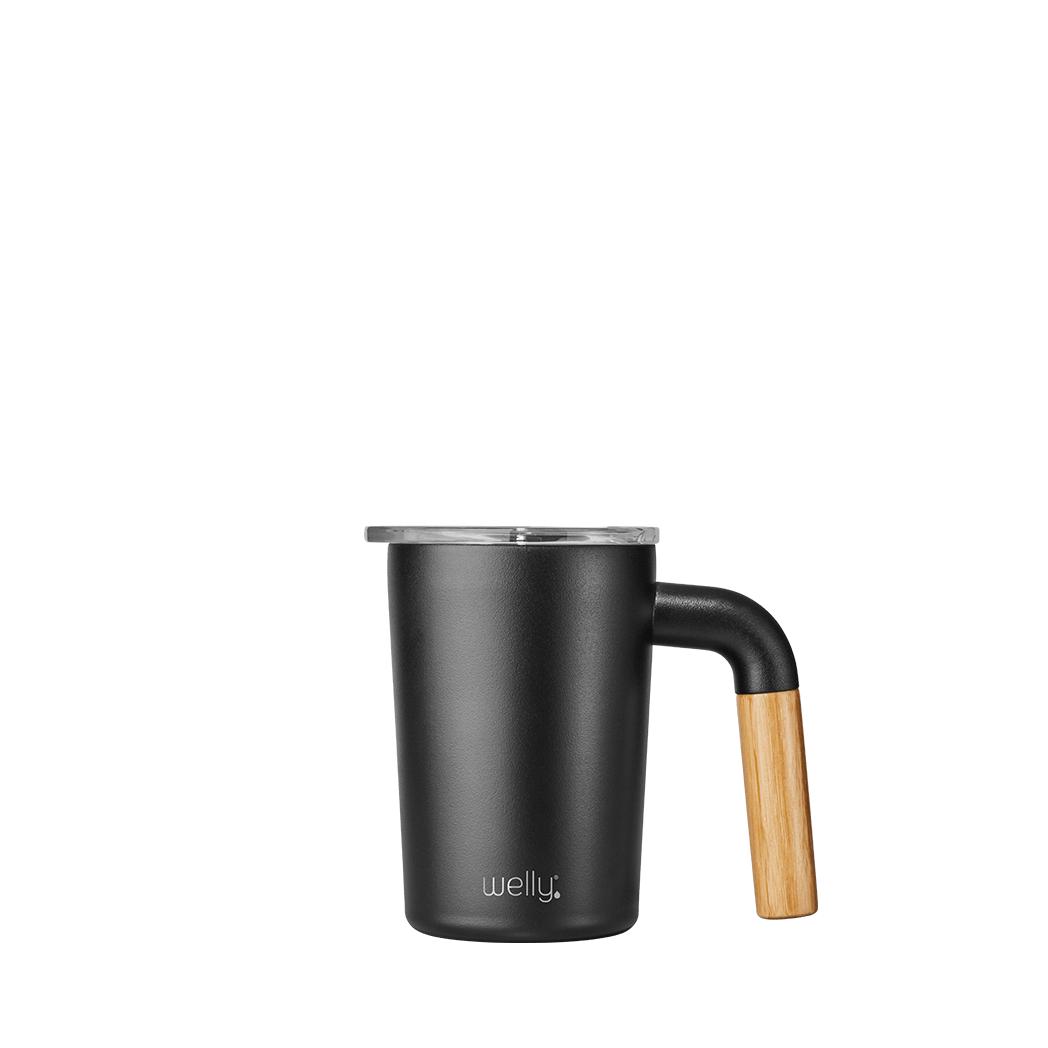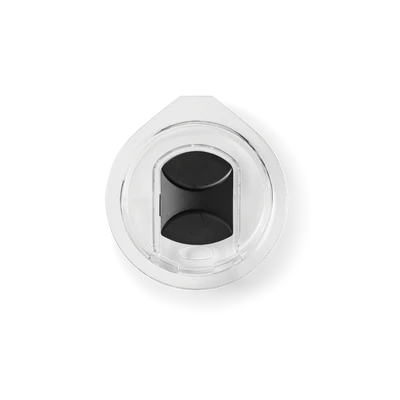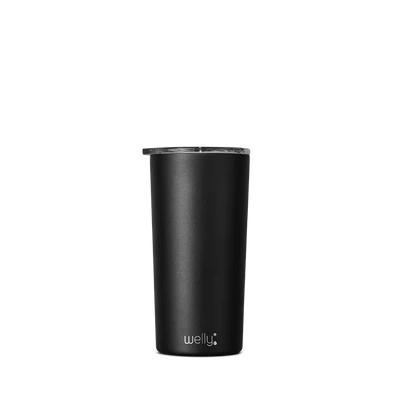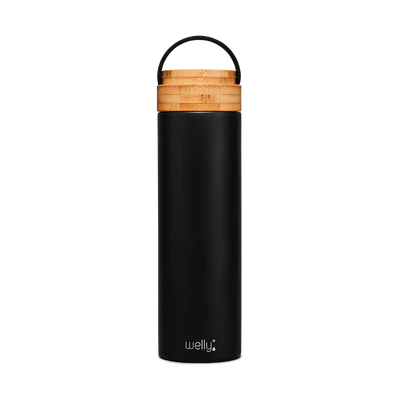
Ntcheu, Malawi
With your help, we’ve funded a school piped system tap stand that provides 434 people in the Ntcheu District of the Central Region of Malawi with clean and safe drinking water.
FIELD CONDITIONS
Consistently ranking near the bottom of the Human Development Index, Malawi is among the poorest countries in the world. With 80 percent of Malawians engaged in smallholder farming, the population is highly vulnerable to natural disasters—and recent years have brought several in quick succession. Severe flooding in 2015 displaced nearly a quarter of a million people; the El Niño-driven drought that followed further devastated crops, worsened already widespread child malnourishment, and strained hydropower systems. Both natural disasters damaged water and sanitation infrastructure. We are working with charity: water and their implementing partner, World Vision, to change this.
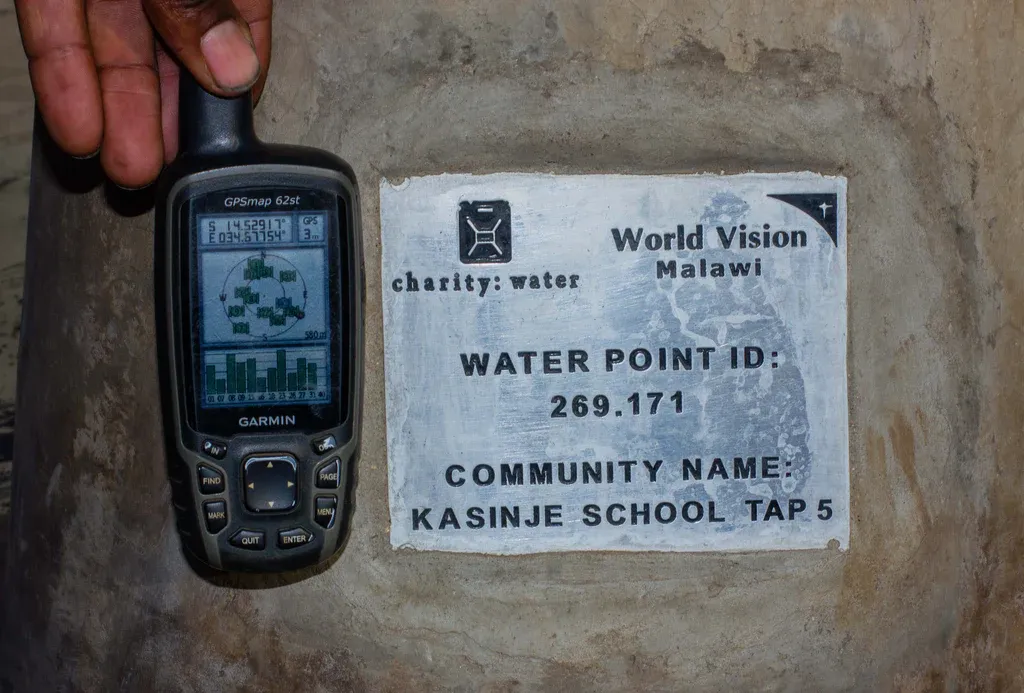
YOUR INVESTMENT
Your investment funded a new school pumped system tap stand. Drawing on solar power (or other sources of electricity, where available), a submersible pump carries groundwater up from deep, drilled boreholes into a storage tank. From there, clean water is gravity-fed to tap stands: surface-level stations where water is collected.
COMMUNITY ENGAGEMENT
Our implementing partner, World Vision, works with local officials to select project sites. The community contributes in at least one of three ways: in cash, in labor for construction, or in building materials such as sand, brick, and stone.
Community members are also responsible for ongoing maintenance. At each project site, World Vision facilitates the formation of a water point committee to support the infrastructure’s long-term upkeep. Committees have around ten members—on average, 60 percent of them women—who undergo training in borehole management and maintenance before assuming full responsibility for monitoring and repairing the water point.
To increase awareness and adoption of safe practices around water access, sanitation, and hygiene— “WASH”—World Vision also supports school WASH clubs. Participating students, 60 percent of whom are girls, become trained advocates for proper maintenance of school water points and prevention of water-borne disease.
Enter some text
Enter some text
Enter some text
Enter some text
Enter some text
Enter some text


